Updated on 24 Nov 2022
Harpers Ferry is located in Jefferson County West Virginia. It is located at the confluence of the Potomac and Shenandoah rivers. It is a quaint little town with few museums, old streets, and houses. It feels like a time warp where for that small area time stood still.
Currently, the population of Harpers Ferry is less than 300 and the major industry thriving here is tourism with millions of tourists visiting this little town every year. Historically however the town has much to contribute.
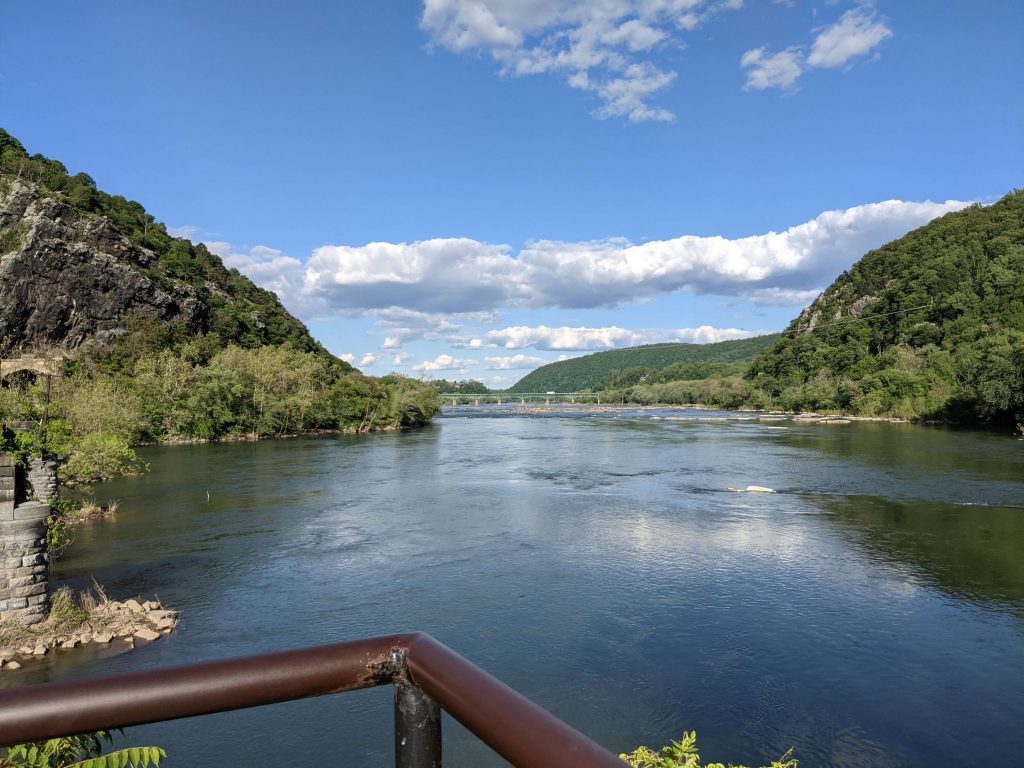
Here are some things that make Harpers Ferry an interesting tourist spot –
The most important event that took place here was the abolitionist, John Brown’s raid on the Harpers Ferry Armory in 1859. He led 21 men in a raid on the arsenal. In the fight that ensued, he and his men took refuge in the guard and fire engine house of the Armory. This was later known as John Brown’s Fort.
In 1799, The US Armory and Arsenal at Harpers Ferry was established. This was one of the two such facilities in the country that produced most of the small arms for the Army.
During the Civil War, Harpers Ferry was the northernmost territory of confederate-controlled territory.
The Appalachian Trail passes through this town. The trail covers nearly 2200 miles between Georgia and Maine. The Appalachian Trail Conservancy (ATC) headquarters is in Harpers Ferry.
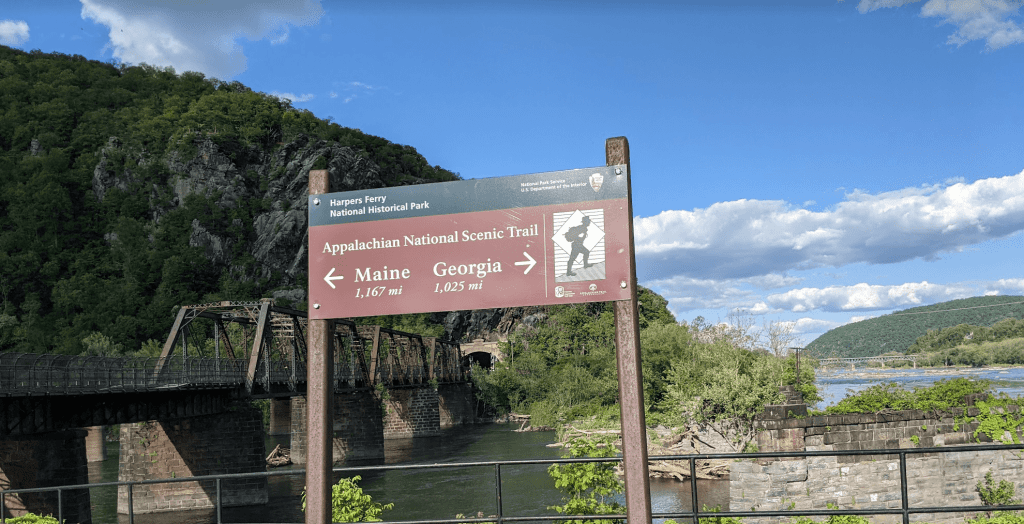

Places to visit in Harpers Ferry –
Harpers Ferry National Historical Park
One can start with the Visitor Center area. The parking spots are limited. There’s a free shuttle bus that takes visitors around for free. All the points of interest, museums and exhibits are in and around Shenandoah St., High St., and Potomac St.
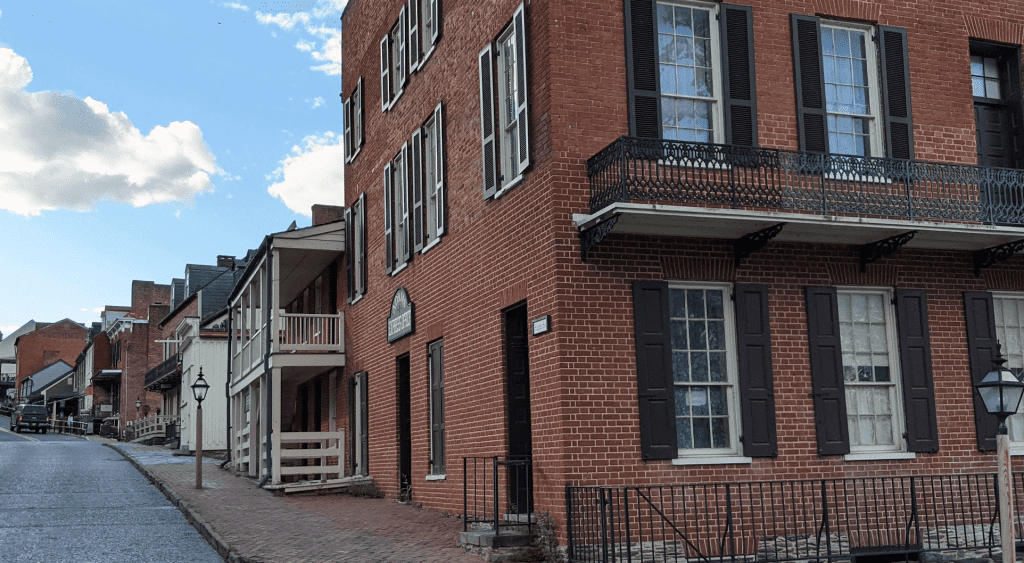
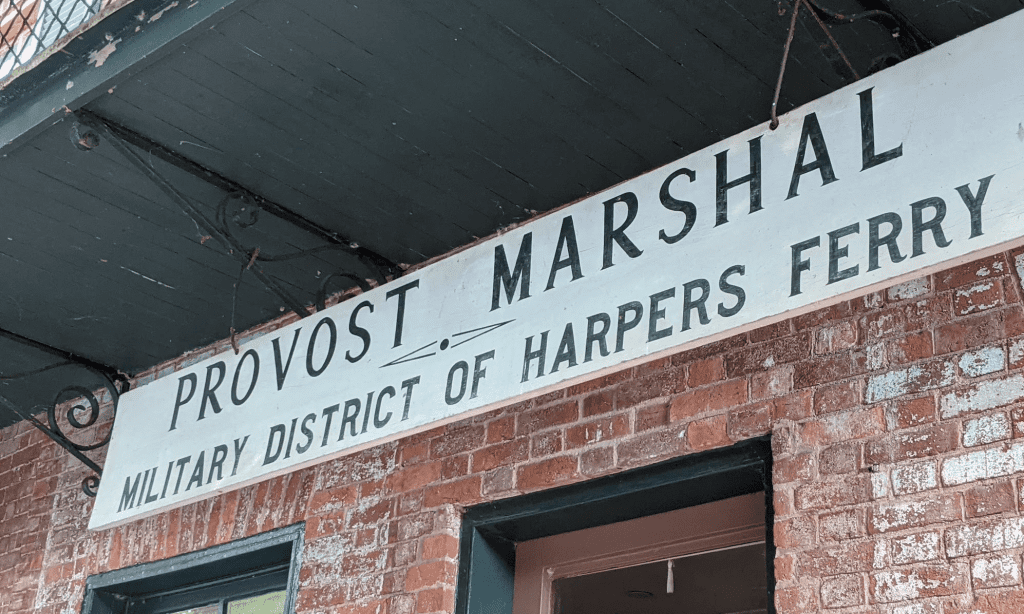
Here one can visit the points of interest like the Armory Site, the steep steps leading to St. Peter’s Church, the Harper House, and further to the Jefferson Rock.
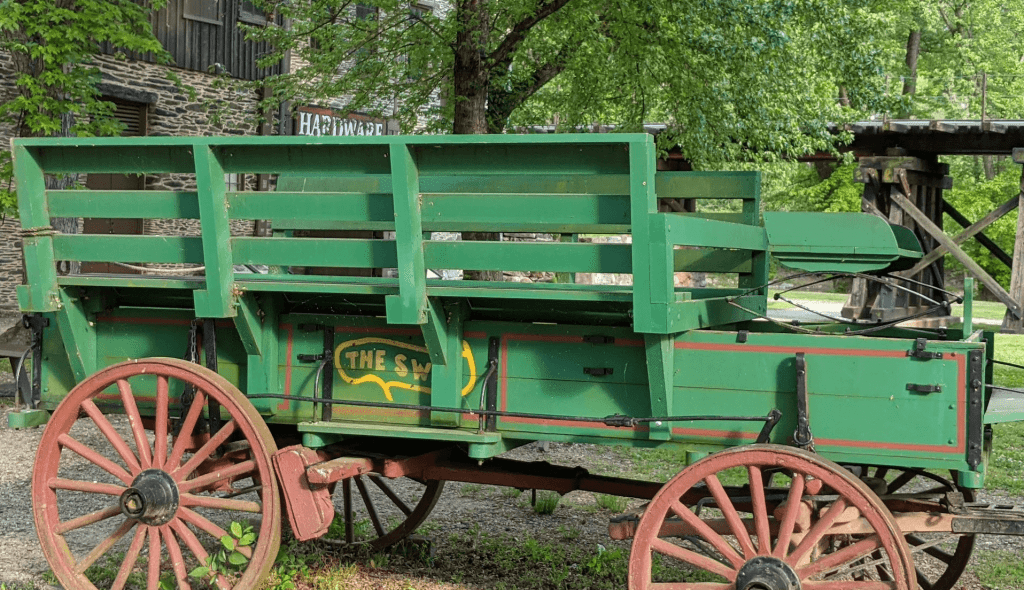
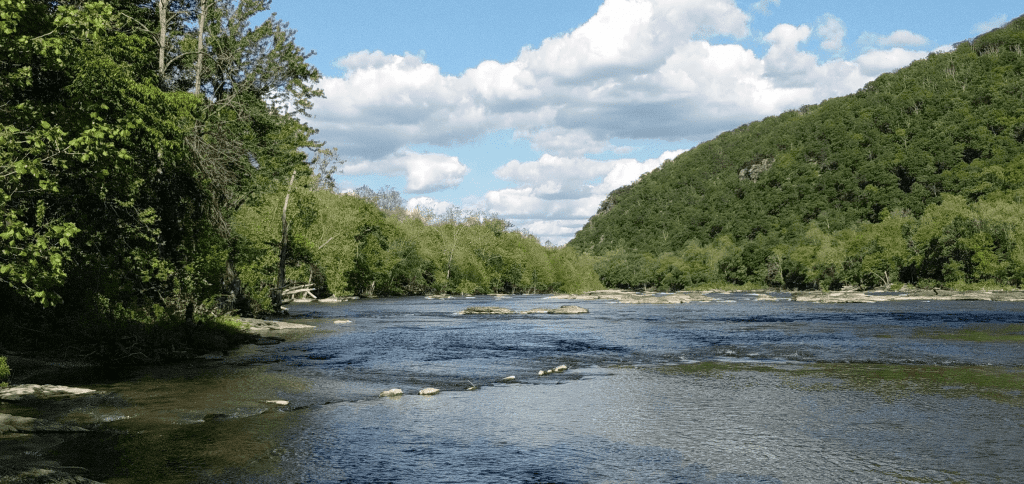

There are several small museums in Harpers Ferry. These include –
The John Brown Museum
This museum is dedicated to the life of John Brown. There’s a short film on the abolitionist and some interactive exhibits.

The Restoration museum
This is an exhibit of the Archeological dig of the building foundation and how the layers of different constructions indicate the presence of different buildings in different time periods on the same spot.
Industry Museum
This showcases the different industries that prevailed in Harpers Ferry in the 19th century.
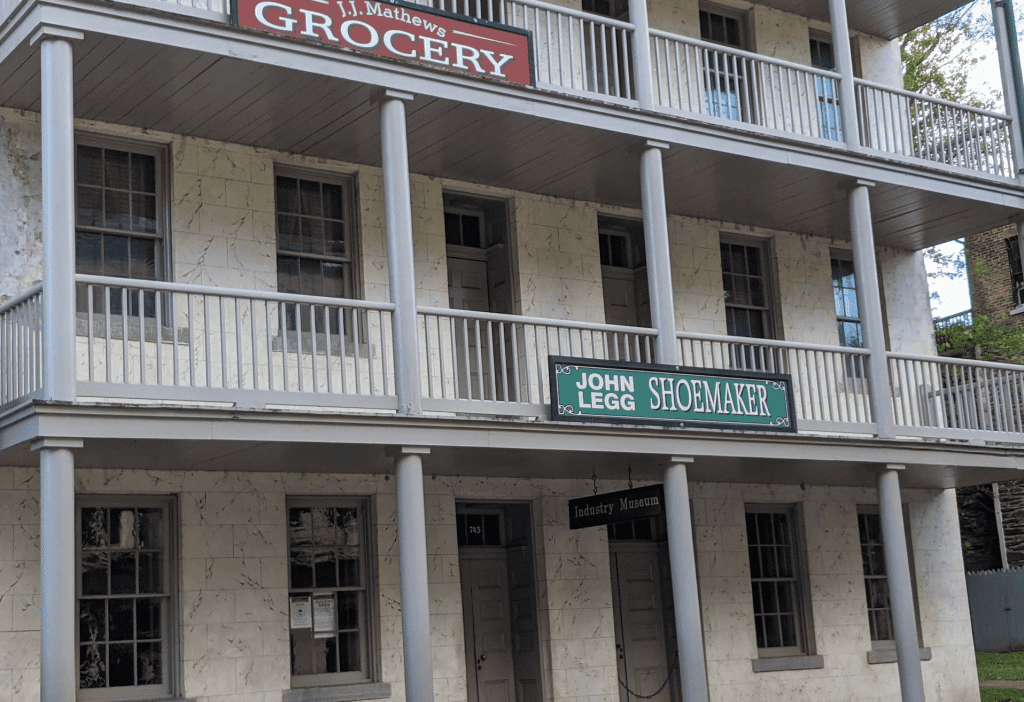
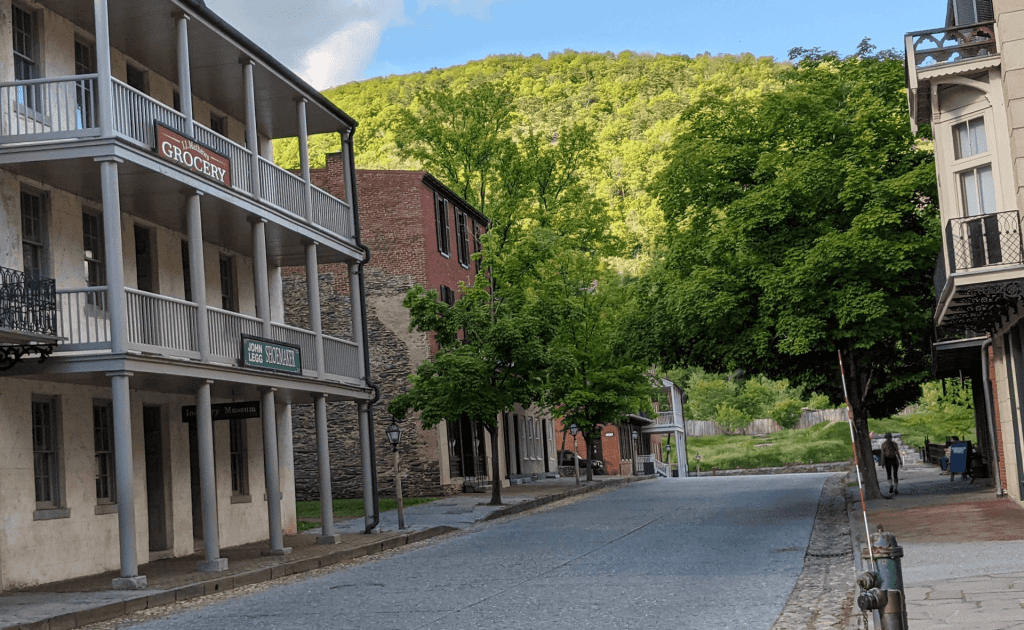
John Brown’s Fort
Located at the confluence of the Shenandoah and Potomac Rivers, Harpers Ferry, WV, is home to several historic sites and buildings. One of these is the John Brown’s Fort, which was built in 1848. In addition, the city is home to many other important Civil War sites.
One of the most famous sites in the city is the John Brown Wax Museum. This is a museum that features life-size figures and animations of the famous abolitionist. The museum also features music and other artifacts that tell the story of John Brown’s life. The museum is located on High Street in Harpers Ferry.
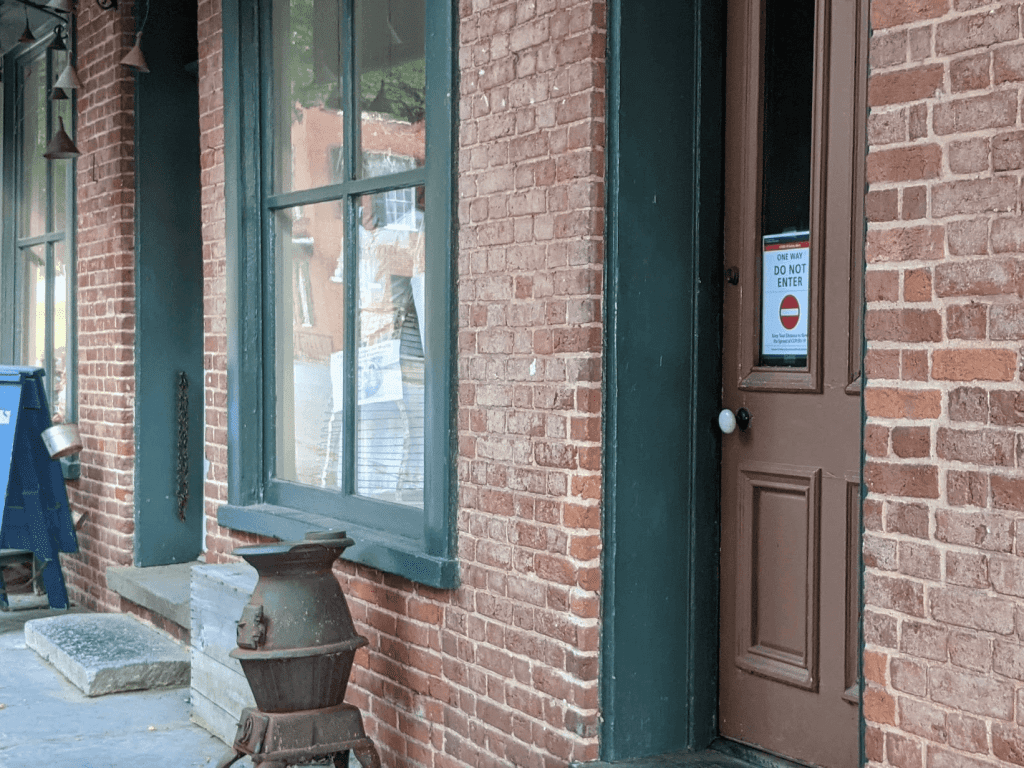
Then, of course, there’s the Appalachian trail and points where one can take in the beautiful view of the convergence of the River Potomac and River Shenandoah. This is also the meeting point of the states, Maryland, Virginia, and West Virginia.
St. Peter’s Roman Catholic Church
With steep steps leading up to this historical Church, this is close to the Jefferson rock. There are some great views from up here of the rivers and mountains. You also get a good view of the little town. It is at the corner of Church st. and Jefferson Rock Trail. There’s mass in the church every Sunday at 9:30 AM. Going to this church also affords a beautiful view of the Shenandoah Valley.
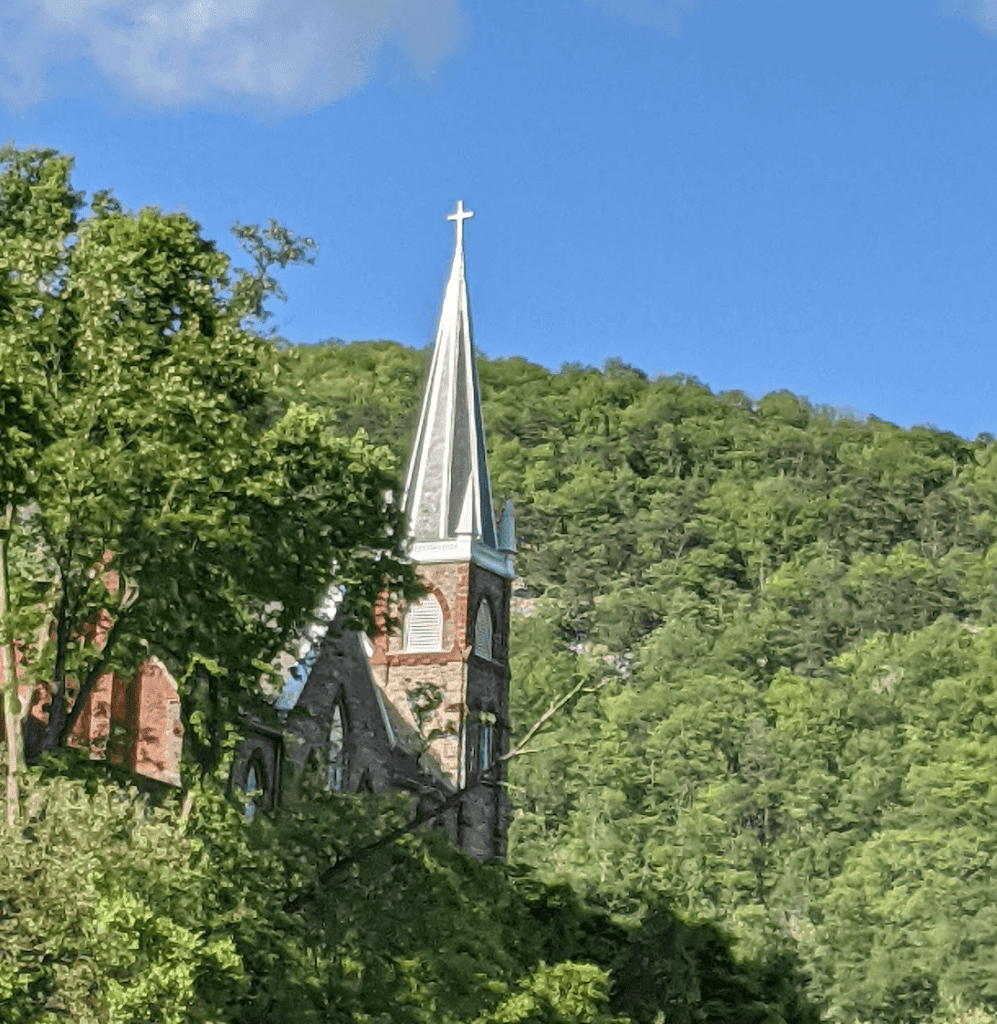
Appalachian National Scenic Trail
This trail spans nearly 2200 miles over the Appalachian Mountains covering 14 states. The Appalachian Trail runs through this town and though not the midpoint of the trail, it is a milestone for people doing the whole trail. The Appalachian Trail Conservancy HQ is in Harpers Ferry.
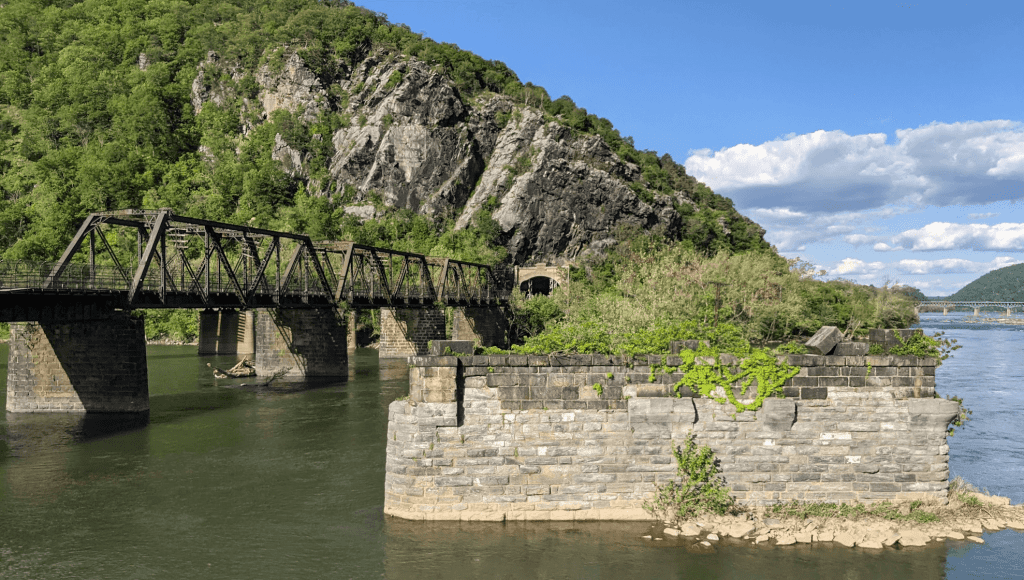
Jefferson Rock
Thomas Jefferson, on his visit to Harpers Ferry in 1783 had found the view from this rock ledge “worth a voyage across the Atlantic.” Though the approach to this is through some steep steps, the view is worth it.
